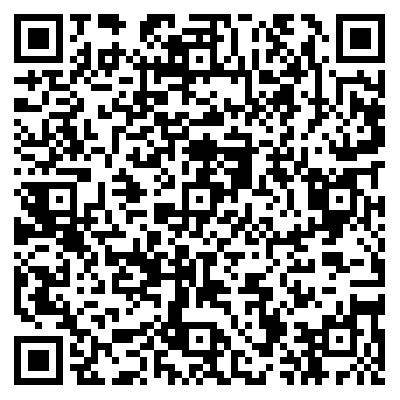Embroidery, once a labor-intensive craft, has undergone a remarkable evolution in the digital age. Modern embroidery machines, with their intricate inner workings, have revolutionized the art of fabric embellishment, allowing intricate designs to come to life, thread by thread. In this exploration, we peel back the layers to demystify the fascinating inner workings of these cutting-edge machines.
-
The Frame and Hoop: It all begins with the frame and hoop system. These components hold the fabric in place, ensuring it remains taut and immobile during the embroidery process. Precision here is key to the final outcome.
-
Needle and Needle Bar: The heartbeat of the machine, the needle bar holds the embroidery needle. It moves up and down, piercing the fabric at precise intervals, creating a pathway for the thread to follow.
-
Thread Delivery System: Multiple spools of thread are used, each representing a different color in the design. The thread delivery system includes tensioners and guides that meticulously control the thread's movement, ensuring consistent tension.

-
Bobbin Case: Beneath the fabric, a bobbin case houses the bobbin thread. This thread interacts with the needle thread, forming the underside of the stitches, while the top thread creates the design's visible side.
-
Stabilizer: To maintain the fabric's integrity during embroidery, a stabilizer is placed underneath. It provides crucial support, preventing distortion and ensuring the design is embroidered accurately.
-
Control System: The control system is the brain of the machine. It features a computerized interface that allows users to select, manipulate, and execute designs. This is where digitized design files are loaded and where users adjust settings.
-
Design Input and Software: Modern embroidery machines read digital design files. These files, created using specialized software, provide instructions for the machine, specifying stitch patterns, colors, and other details.
-
Motor System: Motors drive the needle bar, fabric, and hoop. Precise control of these motors is essential for accurate stitching, as they guide the machine's movements.
-
Embroidery Arm: The embroidery arm securely holds the hoop and guides its movements. It is responsible for moving the fabric in various directions as the design is embroidered, following the pattern in the design file.
-
Thread Trimming Mechanism: Many modern machines feature automatic thread trimming. After each section of stitching or a color change, the machine can automatically trim the thread, reducing the need for manual intervention.
-
Sensors and Feedback Systems: Sensors play a crucial role, providing feedback on thread tension, fabric positioning, and other factors. The machine uses this information to adjust its operations in real-time for optimal results.
- Memory and Storage: Embroidery machines have memory for storing designs and the ability to connect to external storage devices. This allows users to retrieve and execute a wide range of design files.

 English
English Español
Español عربى
عربى


